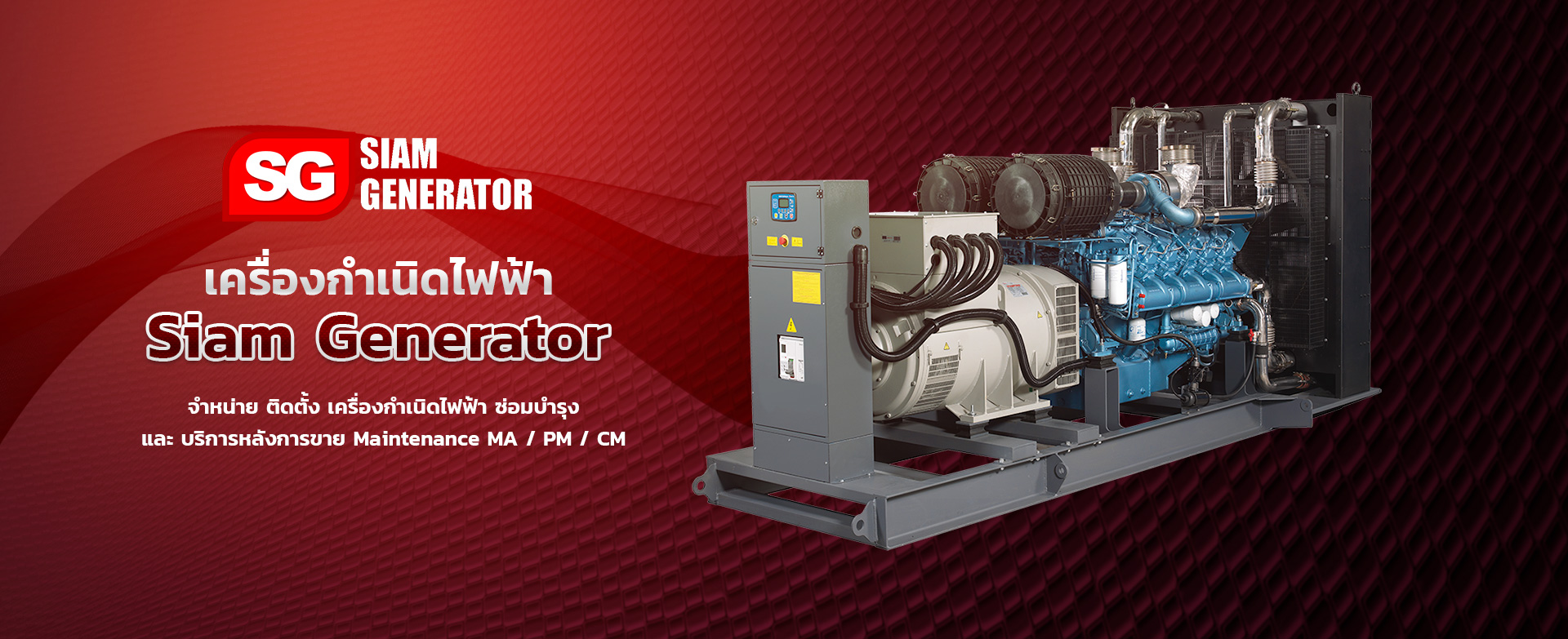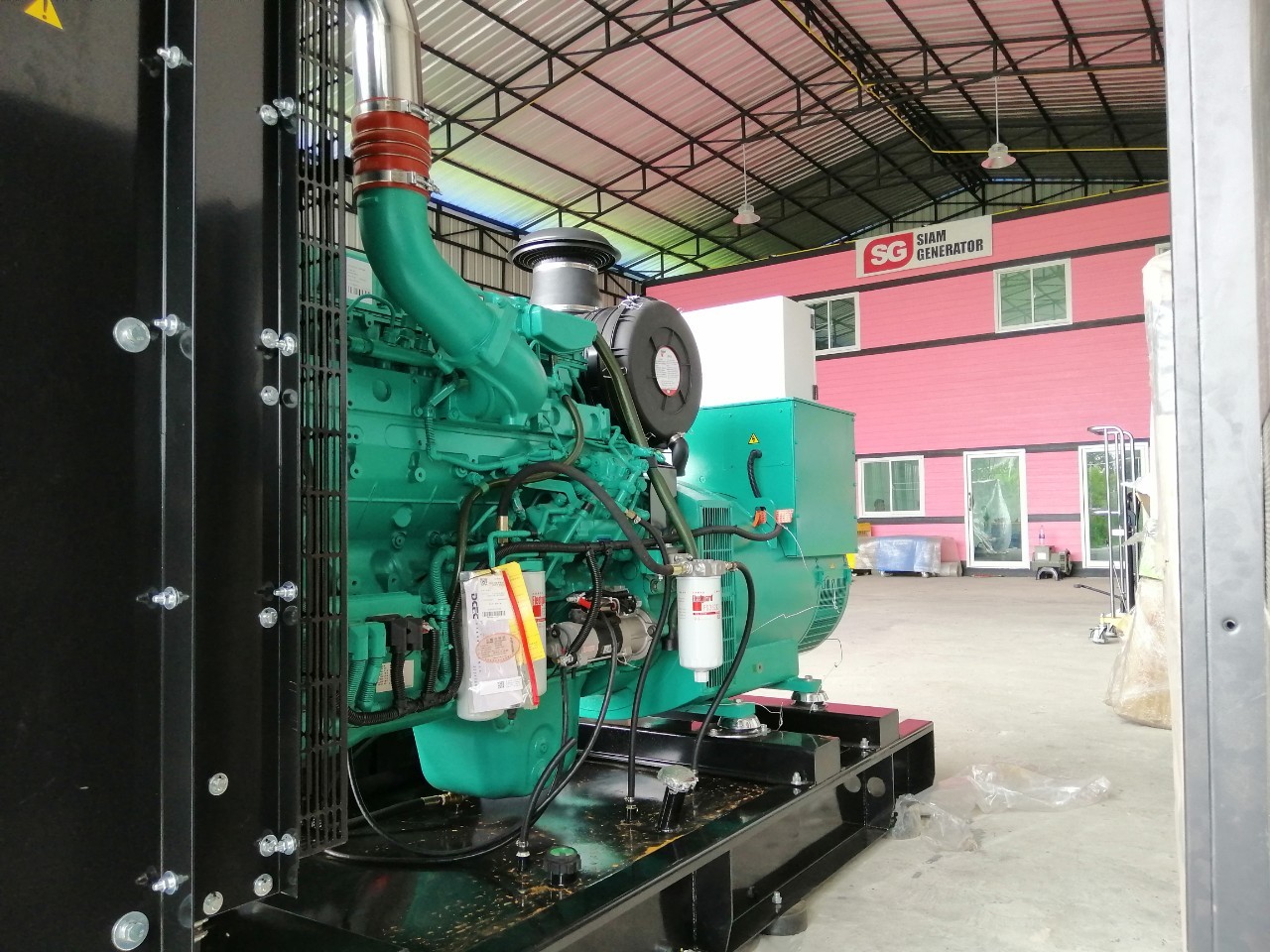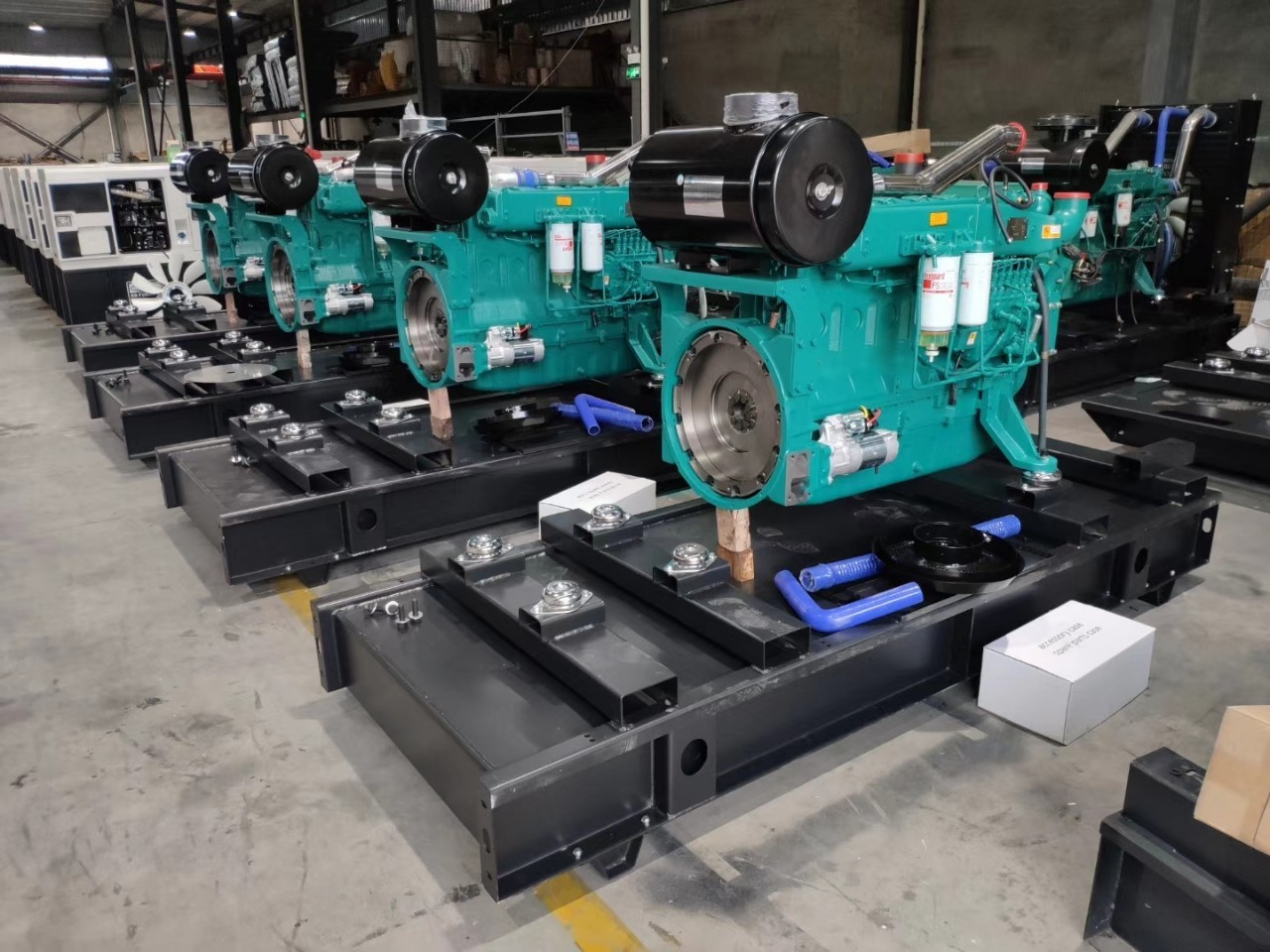เว็บไซต์นี้ใช้คุกกี้ในการเก็บข้อมูลการใช้งาน เพื่อให้คุณได้รับประสบการณ์ที่ดี หากคุณใช้งานเว็บไซต์ต่อ เราถือว่าคุณยอมรับการใช้งานคุกกี้ และนโยบายความเป็นส่วนตัว แต่ถ้าคุณไม่ต้องการให้ใช้คุกกี้ในการเก็บข้อมูล กรุณาคลิก รายละเอียดเพิ่มเติม
เมื่อท่านได้เข้าสู่เว็บไซต์ของเรา ข้อมูลที่เกี่ยวข้องกับการเข้าสู่เว็ปไซต์ของท่าน จะถูกเก็บเอาไว้ในรูปแบบของคุกกี้ โดยนโยบายคุกกี้นี้จะอธิบายถึงความหมาย การทำงาน วัตถุประสงค์รวมถึงการลบ และการปฏิเสธการเก็บคุกกี้ เพื่อความเป็นส่วนตัวของท่านโดยการเข้าสู่เว็บไซต์นี้ ถือว่าท่านได้อนุญาตให้เราใช้คุกกี้ตามนโยบายคุกกี้ ที่มีรายละเอียดดังต่อไปนี้
คุกกี้ คือ ไฟล์เล็กๆเพื่อจัดเก็บข้อมูล โดยจะบันทึกลงไปในอุปกรณ์คอมพิวเตอร์ และ/หรือ เครื่องมือสื่อสารที่เข้าใช้งานของท่าน เช่น แท็บเล็ต, สมาร์ทโฟนผ่านทางเว็บเบราว์เซอร์ ในขณะที่ท่านเข้าสู่เว็บไซต์ของเรา โดยคุกกี้จะไม่ก่อให้เกิดอันตรายต่ออุปกรณ์คอมพิวเตอร์ และ/หรือ เครื่องมือสื่อสารของท่านในกรณีดังต่อไปนี้ ข้อมูลส่วนบุคคลของท่านอาจถูกจัดเก็บ เพื่อใช้เพิ่มประสบการณ์การใช้งานบริการของเราทางออนไลน์ โดยจะจำเอกลักษณ์ของภาษา และปรับแต่งข้อมูลการใช้งานตามความต้องการของท่าน โดยการเก็บข้อมูลนี้ เพื่อเป็นการยืนยันคุณลักษณะเฉพาะตัว ข้อมูลความปลอดภัยของท่านรวมถึงสินค้า และบริการที่ท่านสนใจนอกจากนี้ คุกกี้ยังถูกใช้เพื่อวัดปริมาณการเข้าใช้งานบริการทางออนไลน์ การปรับเปลี่ยนเนื้อหาตามการใช้งานของท่านทั้งในก่อนหน้า และปัจจุบันหรือเพื่อวัตถุประสงค์ในการโฆษณาและประชาสัมพันธ์
เราใช้คุกกี้เพื่อเพิ่มประสบการณ์ และความพึงพอใจของท่าน โดยจะทำให้เราเข้าใจลักษณะการใช้งานเว็บไซต์ของท่านได้เร็ว และทำให้เว็บไซต์ของเราเข้าถึงได้ง่ายสะดวกยิ่งขึ้น บางกรณีเราจำเป็นต้องให้บุคคลที่สามดำเนินการ ซึ่งอาจจะต้องใช้อินเตอร์เน็ตโปรโตคอลแอดเดรส (IP Address) และคุกกี้เพื่อวิเคราะห์ทางสถิติ ตลอดจนเชื่อมโยงข้อมูล และประมวลผลตามวัตถุประสงค์ทางการตลาด
| ประเภทของคุกกี้ | รายละเอียด | ตัวอย่าง |
|---|---|---|
| คุกกี้ประเภทจำเป็นถาวร | คุกกี้ประเภทนี้ช่วยให้ประสบการณ์การใช้เว็บไซต์ของท่านเป็นไปอย่างต่อเนื่องเช่น การจดจำการเข้าสู่ระบบ, การจดจำข้อมูลที่ท่านให้ไว้บนเว็บไซต์ |
|
| คุกกี้ประเภทการวิเคราะห์ และวัดผลการทำงาน | คุกกี้ประเภทนี้ช่วยให้เราสามารถวัดผลการทำงาน เช่นการประมวลจำนวนหน้าที่ท่านเข้าใช้งานจำนวนลักษณะเฉพาะของกลุ่มผู้ใช้งานนั้นๆ โดยข้อมูลดังกล่าวจะนำมาใช้ในการวิเคราะห์รูปแบบพฤติกรรมของผู้ใช้งาน |
|
| คุกกี้เพื่อการโฆษณา | คุกกี้ประเภทนี้จะถูกบันทึกบนอุปกรณ์ของท่าน เพื่อเก็บข้อมูลการเข้าใช้งาน และลิงก์ที่ท่านได้เยี่ยมชม และติดตามนอกจากนี้คุกกี้จากบุคคลที่สาม อาจใช้ข้อมูลที่มีการส่งต่อข่าวสารในสื่อออนไลน์ และเนื้อหาที่จัดเก็บจากการให้บริการเพื่อเข้าใจความต้องการของผู้ใช้งาน โดยมีวัตถุประสงค์ในการปรับแต่งเว็บไซต์แคมเปญโฆษณา ให้เหมาะสมกับความสนใจของท่าน |
|
| คุกกี้ประเภทการทำงาน | คุกกี้ประเภทนี้จะช่วยอำนวยความสะดวก เมื่อท่านกลับเข้ามาใช้งานเว็บไซต์อีกครั้ง โดยเราจะใช้ข้อมูลเพื่อปรับแต่งเว็บไซต์ตามลักษณะการใช้งานของท่าน |
|
ท่านสามารถลบ และปฏิเสธการเก็บคุกกี้ได้ โดยศึกษาตามวิธีการที่ระบุในแต่ละเว็บเบราว์เซอร์ที่ท่านใช้งานอยู่ตามลิงก์ดังนี้ (ข้อมูล ณ วันที่ 12 พฤศจิกายน 2561)
นโยบายคุกกี้นี้อาจมีการปรับปรุงแก้ไขตามโอกาส เพื่อให้เป็นไปตามกฎระเบียบ ดังนั้นเราขอแนะนำให้ท่านตรวจสอบให้แน่ใจว่า ท่านได้เข้าใจการเปลี่ยนแปลงตามข้อกำหนดดังกล่าว


Selection of phase and voltage for industrial generators
In deciding which type of generator is best For proper electrical configuration Typically, the power configuration includes the phase, voltage, kW, and hertz that is best for your application. How phase and voltages work, it is worth understanding what a generator set consists of. Generator set (Also known as the generator) consists of two main components: an industrial engine. (Typically diesel, natural gas or propane) and the end of the generator The engine produces horsepower and rpm, and the rear turns to electric.
Single phase generator For small single-phase loads, these generators usually do not exceed 40 kW, they are often used in residential environments and have a power factor of 1.0.
Most of the 3 phase generators are for large industrial power generation, these generators It can provide both single and 3 phase power for higher horsepower industrial motor operation, branch power output for split line. Generally more flexible It will be used in a commercial environment and has a power factor of 0.8.
Increase the output power rating Single-phase power can be converted to 3-phase power, and sometimes 20-30% kW of output power is obtained, but the rear end will need to be reconnected and you need to take into account some of the workload with other variables.
De-Rating (conversion from 3-phase to single-phase) generally reduces your kW output level by about 30%. For example, a 100 kW 3-phase generator is reduced to approximately 70 kW when switching to a single phase.
Typical voltage of a commercial generator set
Single phase
• 120
• 240
• 120/240
3 phase
3 เฟส
• 208
• 120/208
• 240
• 480 (most frequently used voltage for industrial generators)
• 277/480
• 600 (mainly for Canadian areas)
** 4,160 volt voltage requirements may vary greatly for different types of devices. (For example, other voltage options are 220, 440, 2,400, 3,300, 6,900, 11,500 and 13,500) **
Correct installation of generator circuit breaker, how to determine the voltage you need.
To configure the voltage exactly as you need it, you should always consult an electrician or electrical contractor. They can assess the environment and determine the various loads at the facility. Such as the voltage entering the building, the maximum amperage, the output power, the electric motor horsepower and so on can also refer to the power calculator to run the numbers Use these numbers as a starting point and use the Amperage chart, available here and other manufacturers' websites online.Be sure to consider the following essential items listed below to help determine the correct voltage for your setup. The generator of
- The required voltage to the premises or the input power from the main transformer supplied to the building.
- The maximum amperage required to operate a particular device. Must know this AC amp. (For 3-phase alternators) to size the circuit breaker your generator needs.
- Consider the starter amperage for industrial motors. Many motors will run at one kilowatt. But has a much higher initial kilowatt requirement For example, you may need 200 kW and more power at start-up, even if your average workload is only 90 kW. The horsepower requirements of an electric motor are good to evaluate. Some motors come with a soft starter that helps control the acceleration using voltage. Some industrial motors will provide all of this information on a data tag.
- The utility frequency also plays a role - most of the United States and parts of Asia are 60 Hz, while the rest of the world is mainly 50 Hz. Most large ships and aircraft use a specific frequency of 400 Hz. To change the utility wire power to a different frequency, frequency converters can sometimes be used. But there are additional factors to consider. Most generators can convert But some will not work properly or may require additional parts and customization work. Consult your generator manufacturer for more details on this type of situation.
Generator voltage adjustment
Generator voltage adjustment is done every few days to meet the various combinations and specific electrical needs of the customer. While the voltage is adjustable in most generators, specific options are always limited depending on the end of the generator in use.
The voltage change process is a relatively electrical technical step that involves adjusting the leads at the end of the generator. In 3-phase generator sets, 208V can be converted to 480V, for example, or 480V to 240V, or almost all other combinations and phases using all the voltages available today. (As long as the generator can be reconnected)
The end of the generator is the main component. That will determine how the generator will respond when you change phase and / or voltage. When properly finished, altering the voltage should not harm or strain the machine in any capacity. Many customers require two or more system voltages from standby generator sets. This could include electric motors running at 480 volts, appliances and manufacturing equipment running at 208 volts, and smaller loads and power tools at 240 volts (multiple voltages cannot be delivered simultaneously from Single generator)
Limitations to be aware of when considering changes in voltage. Dedicated or high voltage generator (For example, 4160 or 13,500 volts) is practically not practical as modifications. 600V can be changed to 480V, but cannot be changed in other ways Additionally, in a 3-phase generator, many components can sometimes be difficult to access and modify. For example, there may be flexible conduit wrapping, door panels located in strange locations, or enclosures that do not allow a technician to We are easy to reach. Although there is almost always a way to access the cylinder and the wiring at the end of a 3 phase generator. But sometimes it can be difficult. One thing to note is that not all generators can be reconnected, so the wiring and layout options available in that type of generator are very limited. When changing voltages it is to update components and check other possible equipment considerations on your system, including the following:
- change gauge Whenever we change the voltage on an older generator, we often have to change a number of gauges so that Can read the new output level. One of the great advantages of newer digital panels is that they are often reprogrammable.
- Circuit breaker.Replace the circuit breaker on the unit regularly to accommodate amperage requirements. Typically, the circuit breaker is attached to the end of the generator and is an essential component to help protect the generator. By making sure you don't exceed the amperage set for that unit. Depending on whether the customer wants everything in one breaker or separately for a particular reason, we may change the configuration to something else (one 1200 amp breaker or two 600 amps, etc.).
- Voltage regulator For most generators when connecting an input wire to a different voltage. The detector wires running to the controller and / or control panel must be carefully adjusted. If done incorrectly, it can burn the board or cause other damage.Most modern commercial generators have a voltage regulator integrated into the panel so you can adjust the voltage settings from there. And help in total control But it makes replacing the board much more expensive. Because of the added function Older generators often have separate devices that perform the same function. All of these controllers work to automatically maintain a consistent voltage to ensure your equipment delivers consistent output.
- Power transformers - If present in your system, some of the wiring may need to be reconfigured to accommodate new voltages.
- Automatic Transfer Switch (ATS) - Ampere assignment for this type of switch is also important as ATS is essential to ensure that you can automatically pick up your generator during a power outage and It will turn off when turning on the power again.
Limitations to be aware of when considering
Powered by Froala Editor
Powered by Froala Editor
Powered by Froala Editor





 Copyright © 2020 Siam Generator Co.Ltd.
Copyright © 2020 Siam Generator Co.Ltd.